VHO - The peak summer tourist season has arrived, bringing with it intense heat waves, posing a risk of fire and explosion at historical and cultural sites, especially wooden structures and degraded electrical systems. In this context, localities in Thanh Hoa province are making efforts to strengthen fire prevention and fighting measures to protect the safety of precious cultural values.
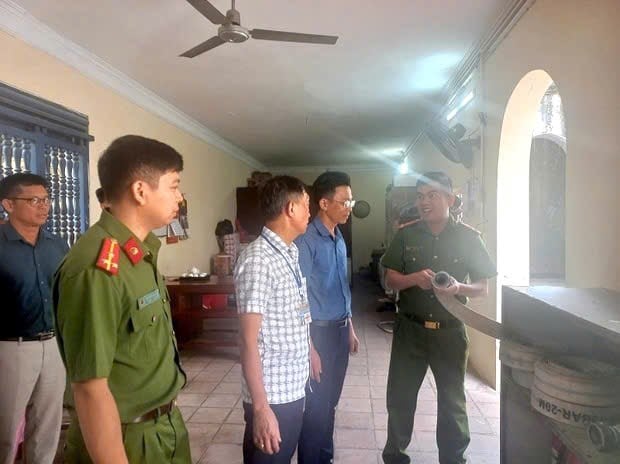
Raising fire prevention awareness right from the grassroots
With more than 1,535 historical-cultural relics and scenic spots, Thanh Hoa is one of the localities with the largest number of relics in the country. Many of these structures are built of wood, a flammable material that can easily catch fire in prolonged hot weather conditions.
In particular, relics such as Doc Cuoc Temple, Co Tien Temple, To Hien Thanh Temple (Sam Son City) regularly welcome thousands of visitors every day during the summer tourist season. The large gatherings of people, combined with the activities of burning incense, burning votive papers, using electric lighting and fans have increased the risk of fire and explosion incidents.
Mr. Duong Duc Hung, Director of the Center for Culture, Information, Sports and Tourism of Sam Son City said: "The hot summer combined with the large number of visitors at certain times makes the risk of fire and explosion at the relics very clear. We have prepared fire prevention plans from the beginning of the season to ensure the safety of visitors and the relics."
According to Mr. Hung, currently, at Doc Cuoc Temple and Co Tien Temple, each location has been equipped with 15 fire extinguishers, while To Hien Thanh Temple has 10 fire extinguishers.
The areas for burning votive papers are located far from the main shrine area to minimize risks.
Electrical systems, fire extinguishers and other equipment have been thoroughly inspected and checked before entering the peak season.
100% of the keepers, officers and staff serving at the relics have been thoroughly trained in fire prevention and fighting.
In addition, fire prevention and fighting regulations are posted publicly in the most visible locations, helping visitors raise awareness of protecting themselves and heritage.
“Because the architecture inside the temples is mainly made of wood and many flammable materials, we also arrange for at least 5 temple keepers and one central officer to be on duty at each relic to monitor and remind visitors to strictly follow fire prevention regulations. In particular, it is strictly forbidden to burn incense directly inside the worship area,” Mr. Hung emphasized.
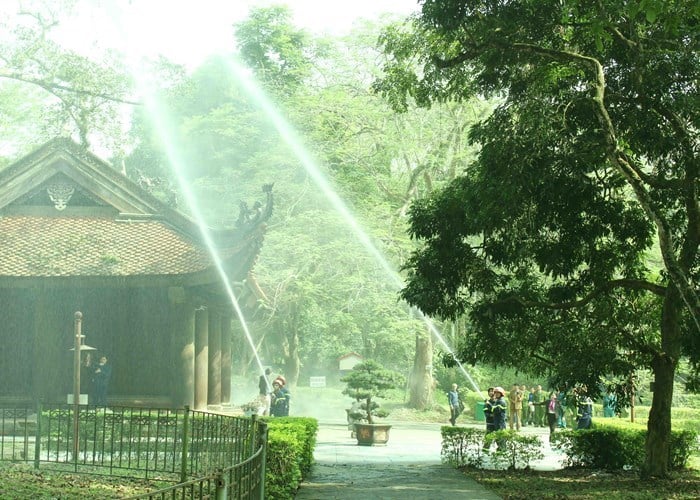
Lessons from reality and difficulties to overcome
In fact, there have been fires at relics in Thanh Hoa in recent years. In 2020, the fire at the temple of Trung Tuc Vuong Le Lai (Ngoc Lac district) and the temple of General Nguyen Chich (Thanh Hoa city) sounded the alarm about the weakness in the fire prevention system at the relics.
The main cause was determined to be the degraded electrical system, old and unsafe wiring.
Meanwhile, the budget for investment in fire prevention and fighting at relics is still limited.
The lack of uniformity, outdated equipment and inadequate awareness of some residents and tourists make the risk of fire and explosion always present.
Not only does it cause property damage, each fire is also an irreparable loss of cultural and historical value, damaging the memory and pride of the entire community.
Faced with that situation, localities and relic management boards have paid special attention to propaganda work and mobilizing the community to join hands in protecting heritage.
In Bim Son town, where there are famous spiritual tourist attractions such as Chin Gieng Temple and Song Son Temple, Mr. Nguyen Anh Huan, Head of the Chin Gieng Temple Relic Management Subcommittee, shared: “Our specialty is that the number of visitors coming to offer incense and visit the landscape takes place all year round, with peak days reaching thousands of people. Absolute control of fire and explosion risks is extremely difficult, so propaganda and reminders are continuously promoted.”
According to Mr. Huan, the Management Board has used loudspeakers, regulation boards, billboards, and posters to disseminate fire prevention regulations to each visitor. The propaganda content focuses on emphasizing the role and personal responsibility in protecting the relic.
Behaviors such as burning votive paper in designated places, not smoking in worship areas, and not jostling or pushing have gradually become habits of visitors.
“Thanks to persistent propaganda, most residents and tourists have become more aware. They proactively comply with regulations, contributing to minimizing the risk of unexpected incidents,” Mr. Huan added.
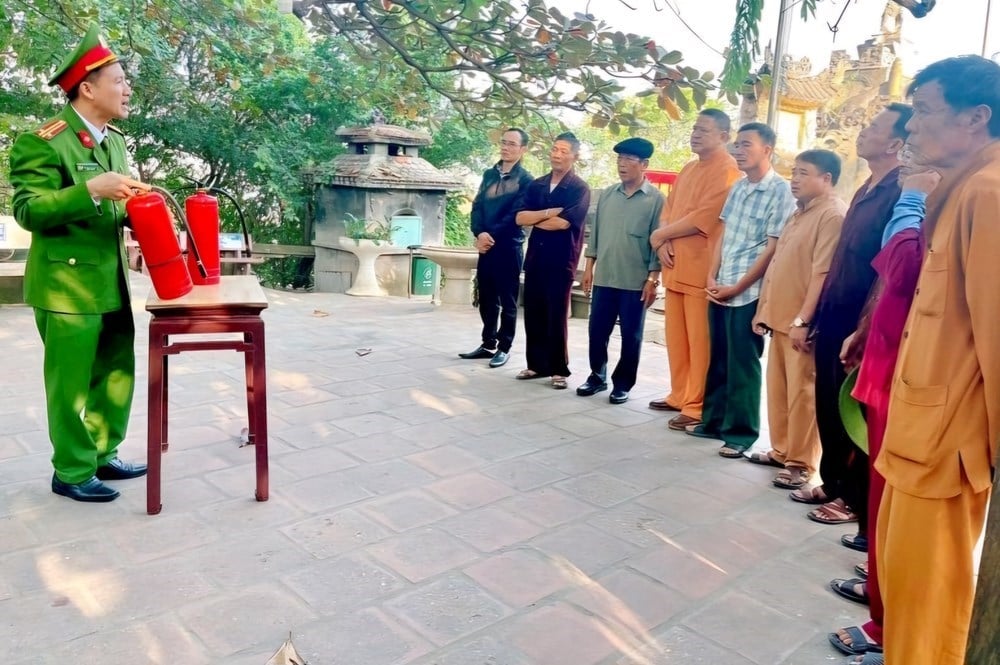
No subjectivity allowed
Entering the summer of 2025, with the increasingly complex climate change situation, extreme weather and temperatures that can exceed 40 degrees Celsius, just a small mistake such as burning incense incorrectly, overloading electricity, lighting fires randomly... can also lead to serious consequences.
Every citizen and every tourist needs to realize that protecting relics is not only the responsibility of the government or management board, but the responsibility of all of us.
A small action like reminding people around you to properly turn off incense, not to litter cigarette butts, or to notify management staff when discovering unusual signs can also save a historical building.
Meanwhile, in the long term, in addition to calling on the community to join hands, there needs to be more systematic investment in fire prevention and fighting at relics: upgrading electrical systems, equipping modern fire fighting equipment, developing emergency response plans and especially conducting regular fire prevention drills.
Each relic is an indispensable part in the flow of national history and culture.
In order to preserve these values for future generations, proactive fire prevention during the peak summer tourist season is an urgent requirement.
Preserving heritage is not only about pride but also about practical actions today. As long as each individual raises awareness and strictly complies with fire prevention regulations, we will join hands to protect "historical witnesses" against the challenges of time and climate change.
Source: https://baovanhoa.vn/van-hoa/canh-bao-nguy-co-chay-no-cac-di-tich-mua-du-lich-he-130030.html


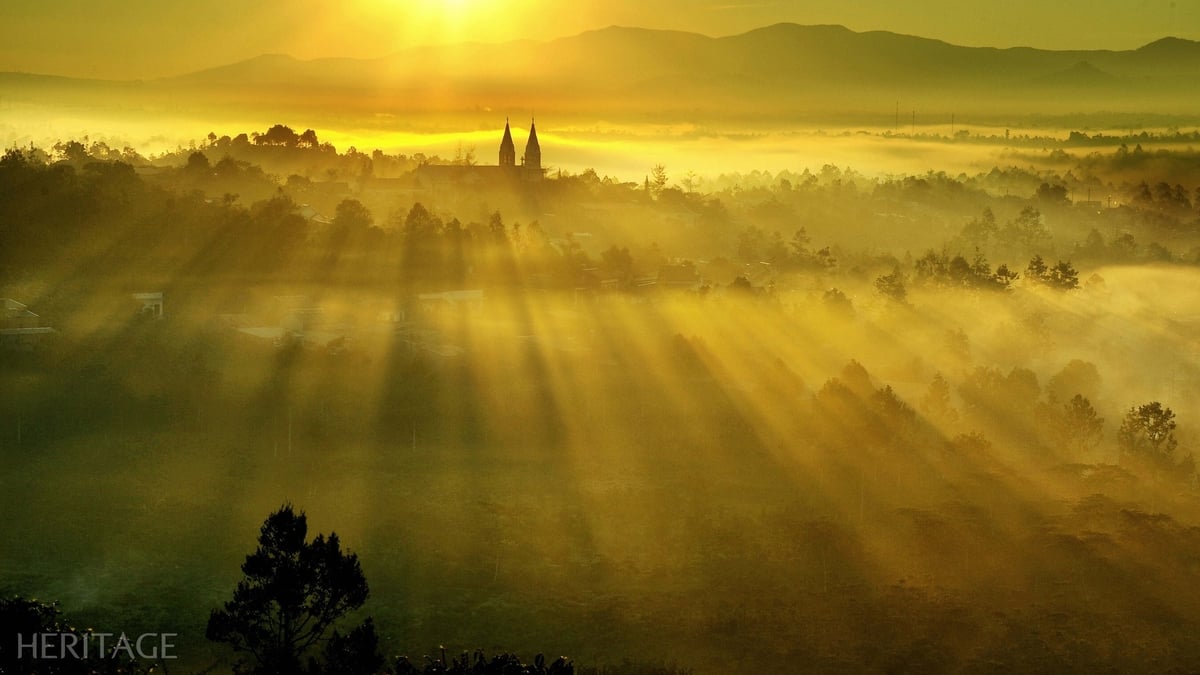
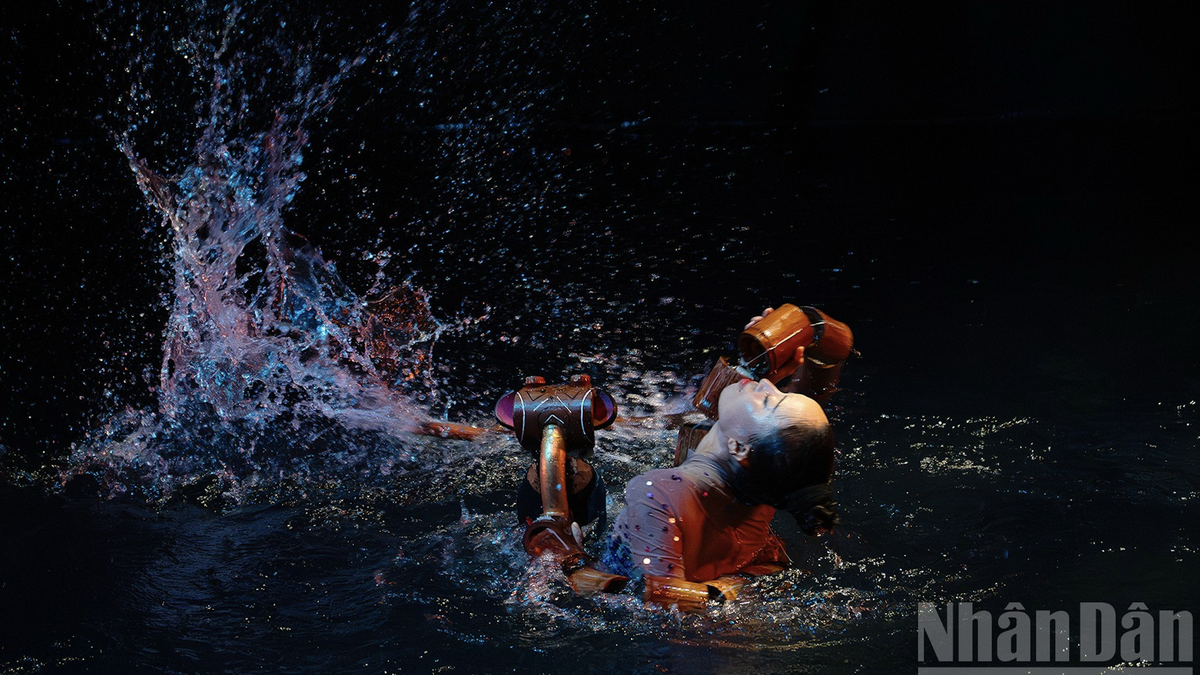
![[Photo] The 9th Party Congress of the National Political Publishing House Truth](https://vphoto.vietnam.vn/thumb/1200x675/vietnam/resource/IMAGE/2025/6/24/ade0561f18954dd1a6a491bdadfa84f1)
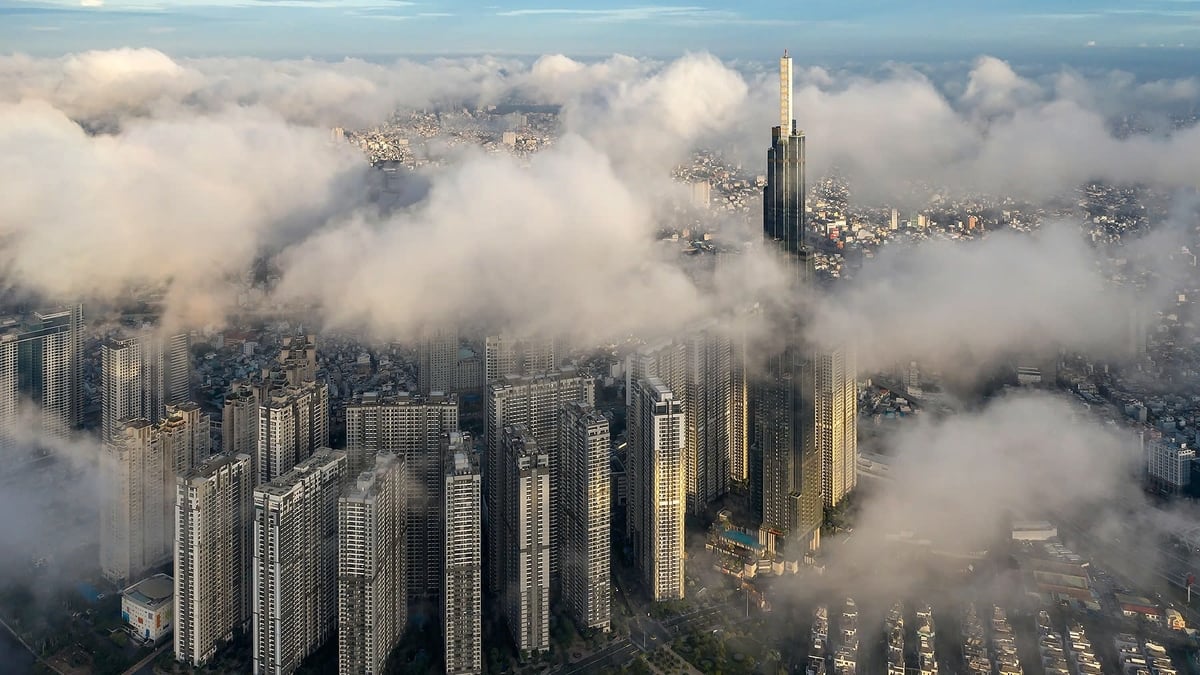

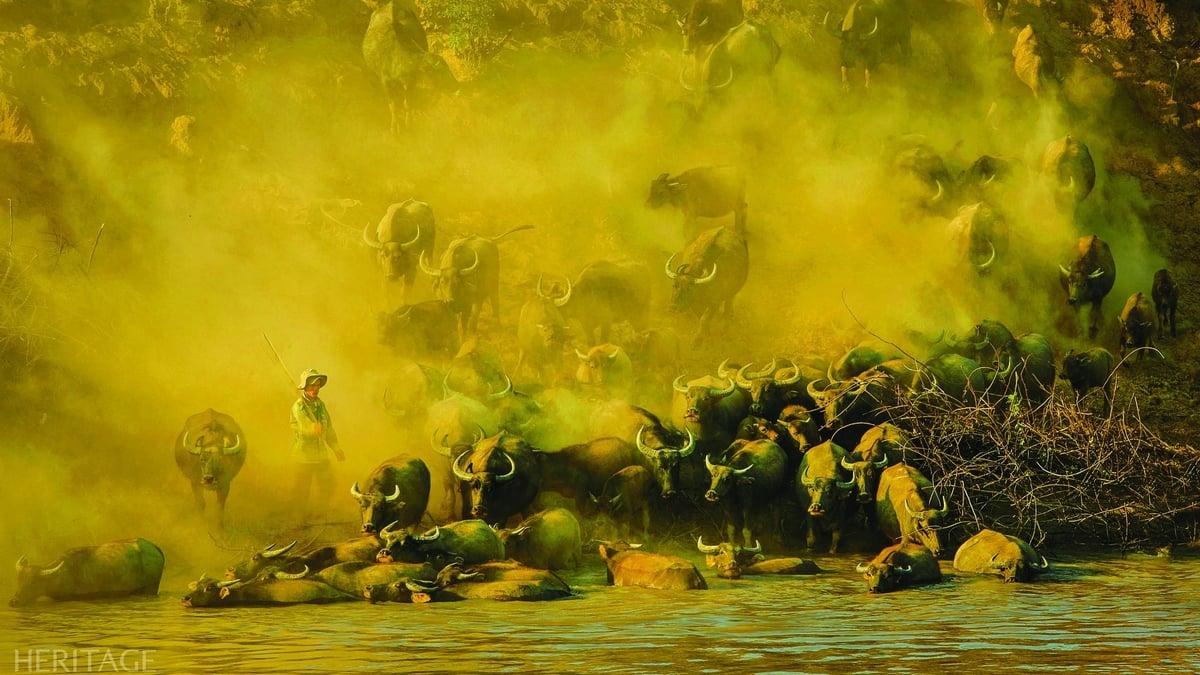
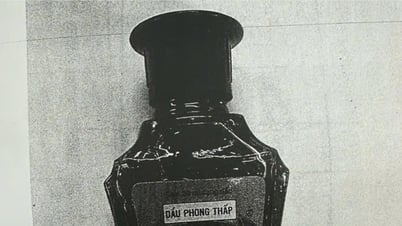









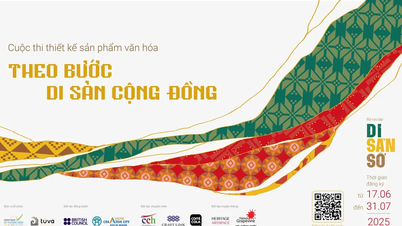
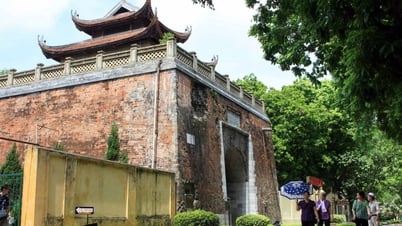

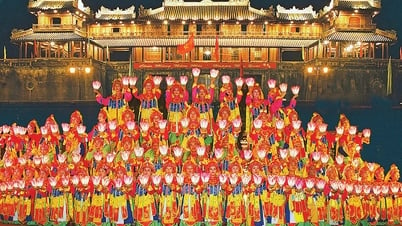
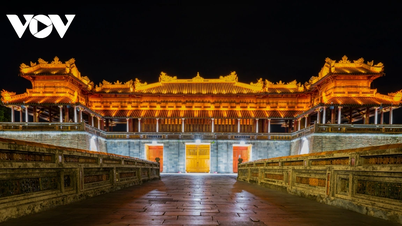









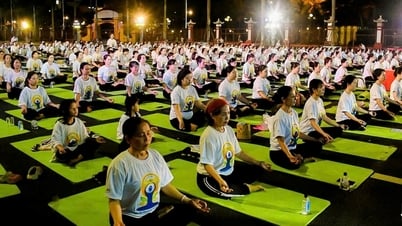


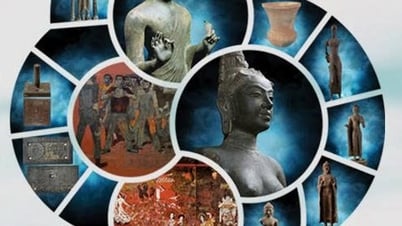
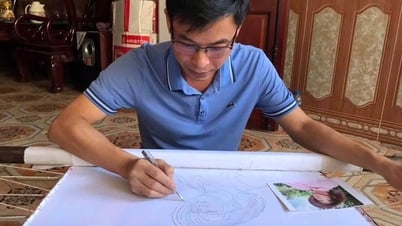

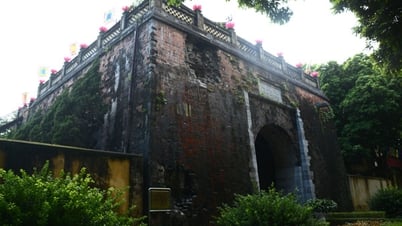














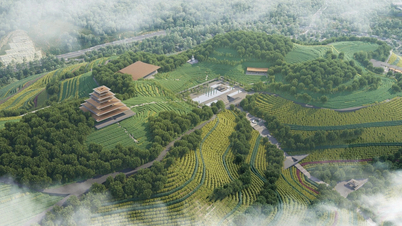









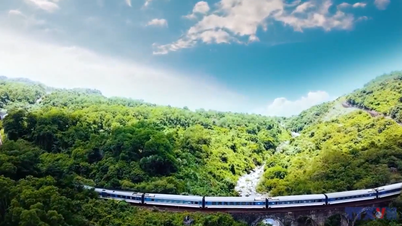









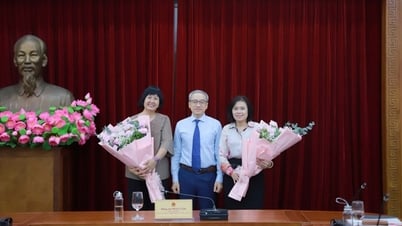





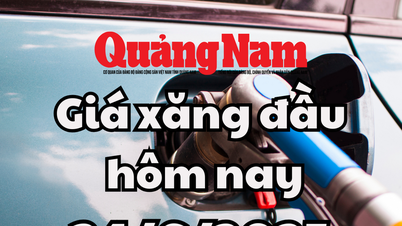







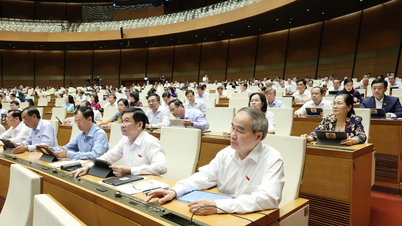












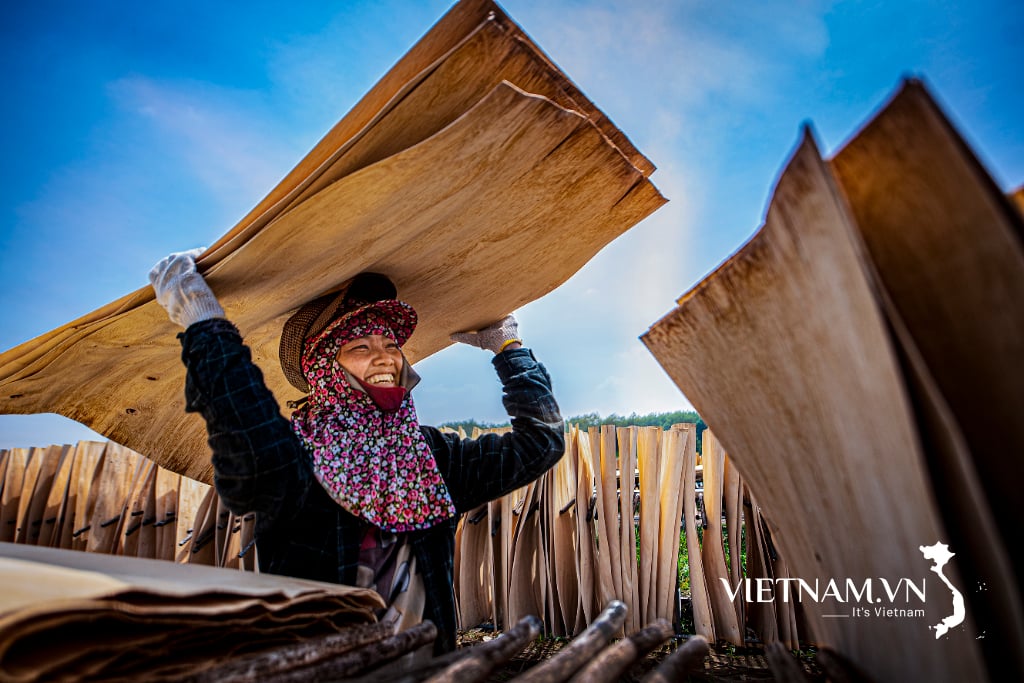

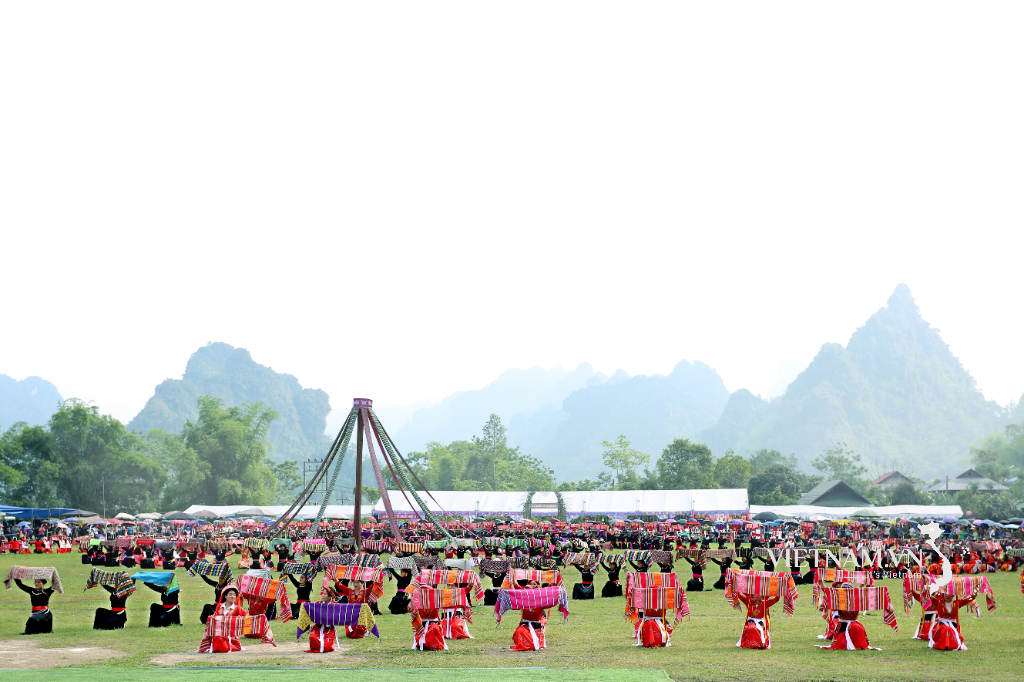

Comment (0)